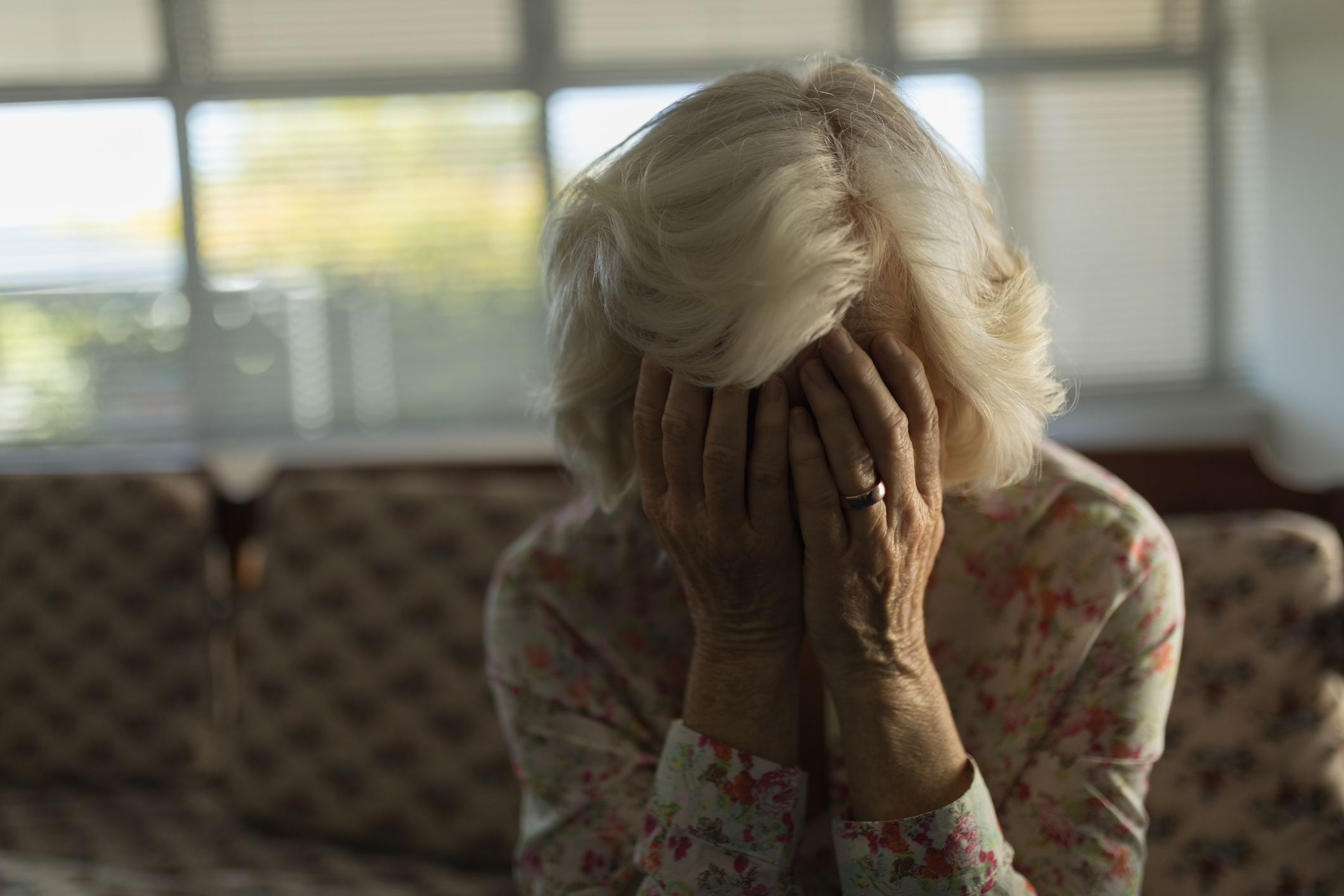Where have all the working women gone? The answer might surprise you; many middle-aged women have cut back their hours or left their job entirely to care for an aging parent with chronic health problems. And although women have more opportunities in the workforce than ever before, they still tend to be the primary caregivers for children and for elderly or ill family members. The National Center on Caregiving reports that 66 percent of caregivers are women and although men do provide care, women spend 50 percent or more time caregiving than men.
According to a recent New York Times report, the United States Labor Department counts 1 in 5 adults between the ages of 55 and 64 as caregivers at least part-time for an older relative. And with rising housing costs, many still have children at home as well. A rapidly growing proportion of the population is past the age of 70 and over the next 30 years, more seniors will require unpaid caregiving from an adult child or other family members.
All this time away from work is having a significant economic impact on women when the lack of eldercare in our society prevents them from advancing their careers and competing in the shrinking workforce. Although many caregivers continue to work full-time while looking after an elderly family member, taking time off for appointments or emergencies takes a toll on wages and possibilities for promotions.
Until there are policies to assist in helping adults in the workforce care for children, sick or elderly family members women, in particular, will continue to suffer a loss of wages and the workforce will continue to shrink. Caregiving not only takes a financial toll on working adults, meeting the daily needs of an elderly loved one can be emotionally stressful. Seniors with dementia may need round-the-clock supervision to remain safe at home and many families struggle to meet the care needs of an older adult with Alzheimer’s or other forms of cognitive impairment.
Long-term care is expensive and many families simply don’t have the means to help share the cost of assisted living facilities. The ongoing financial and emotional stress can put a significant strain on marriages and other close relationships. Until more governments introduce legislation to help pay for at-home and long-term care, family caregivers will continue to feel the pressure.
Learn more about the impact of caregiving on women and workshops for caregivers by following this link to the Michigan State University Extension.






Add Your Voice
0 Comments
Join the Discussion